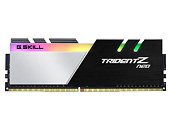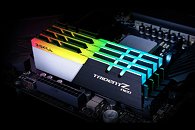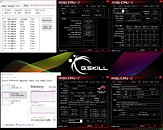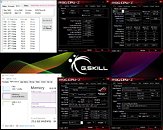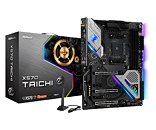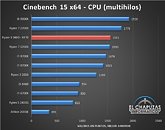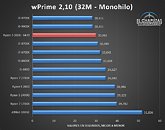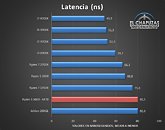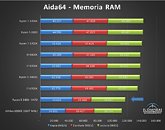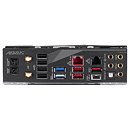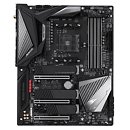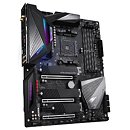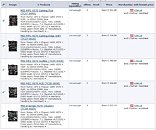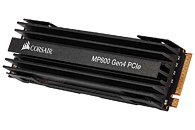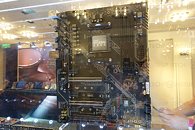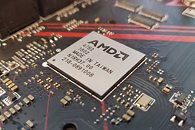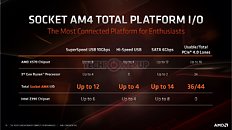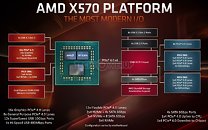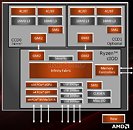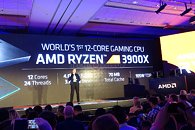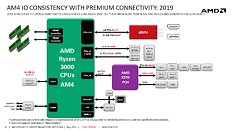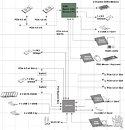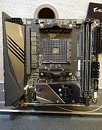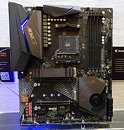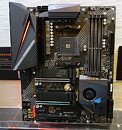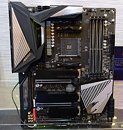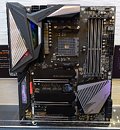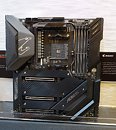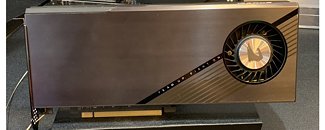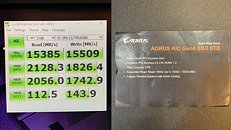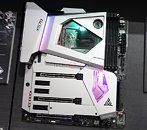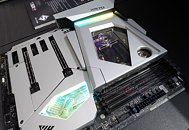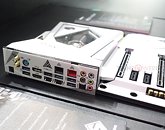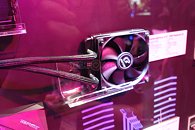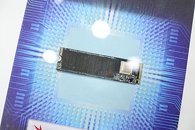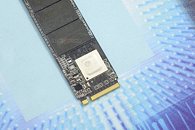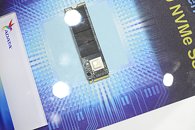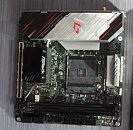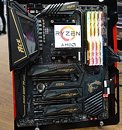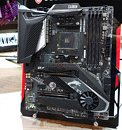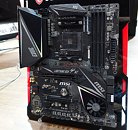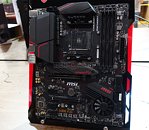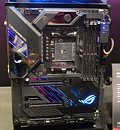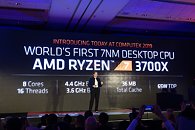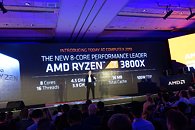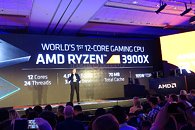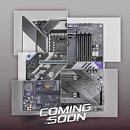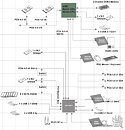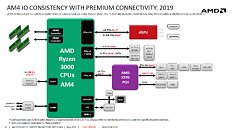
G.SKILL Announces Trident Z Neo DDR4 Memory Series for AMD Ryzen 3000
G.SKILL International Enterprise Co., Ltd., the world's leading manufacturer of extreme performance memory and gaming peripherals, is thrilled to announce the launch of Trident Z Neo DDR4 memory series for the latest AMD Ryzen 3000 series CPUs on AMD X570 platform. Featuring optimized specifications for the new AMD platform, a new sleek dual-tone heatspreader design, and fully customizable RGB lighting, the Trident Z Neo memory series is the ideal DDR4 DRAM for your next AMD gaming system or workstation.
Optimized Performance for AMD Ryzen 3000: Computer systems with AMD Ryzen processors are known for its performance scaling with memory speed, and Trident Z Neo is engineered to achieve optimal performance with the latest AMD Ryzen 3000 series processors on AMD X570 motherboards. Under the latest AMD Ryzen 3000 series platform, DDR4 memory frequency support has increased by leaps and bounds, allowing the X570 chipset platform to run an unprecedented memory speed record of DDR4-5774MHz- the fastest memory speed ever achieved on an AMD platform under extreme liquid nitrogen cooling - as seen in the following CPU-Z validation screenshot with the MSI MEG X570 GODLIKE motherboard.
Optimized Performance for AMD Ryzen 3000: Computer systems with AMD Ryzen processors are known for its performance scaling with memory speed, and Trident Z Neo is engineered to achieve optimal performance with the latest AMD Ryzen 3000 series processors on AMD X570 motherboards. Under the latest AMD Ryzen 3000 series platform, DDR4 memory frequency support has increased by leaps and bounds, allowing the X570 chipset platform to run an unprecedented memory speed record of DDR4-5774MHz- the fastest memory speed ever achieved on an AMD platform under extreme liquid nitrogen cooling - as seen in the following CPU-Z validation screenshot with the MSI MEG X570 GODLIKE motherboard.

